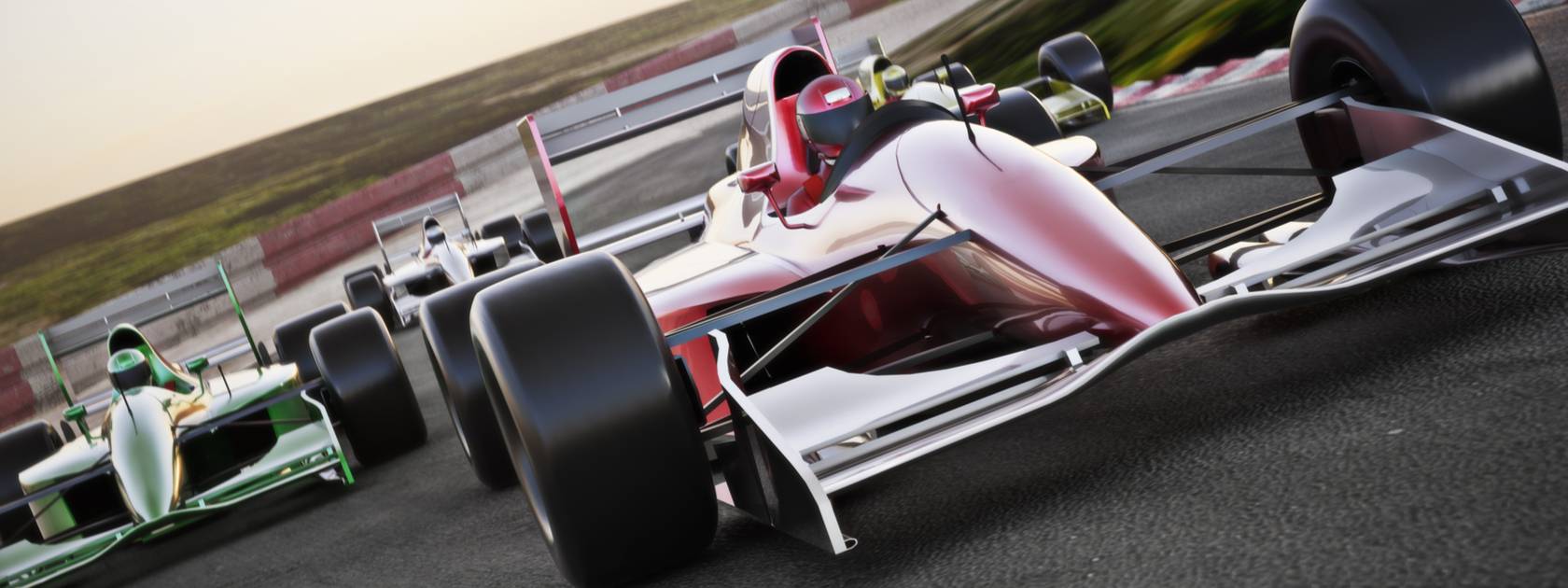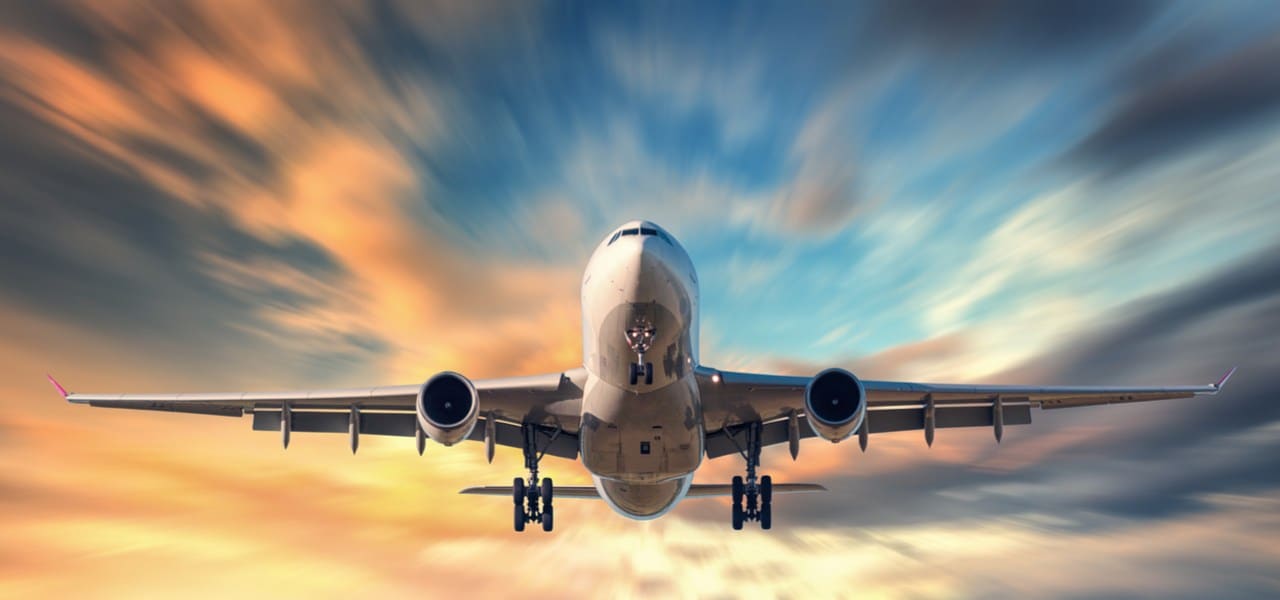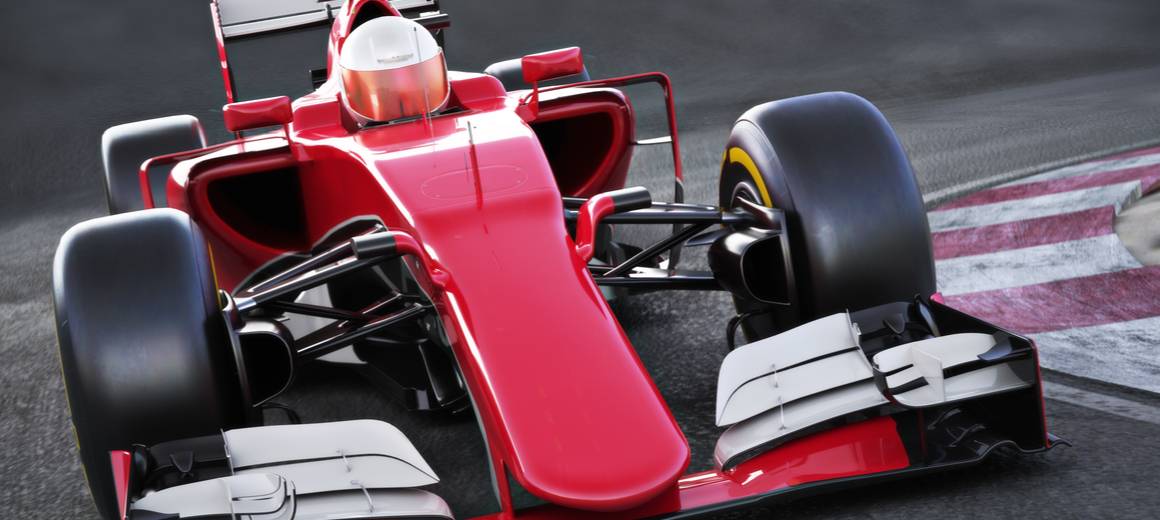How Private Jets Move Formula 1 Around the World
Formula 1 is not only one of the world’s most popular sports but also one of the most complex, given the logistics requirements of multi-million dollar vehicles. Discover how private jet charter helps this sport take place all around the world.
Formula 1 racing is one of the world’s most popular sports, and one which regularly moves to different locations all over the world. So how do they manage to move these million-dollar vehicles and the infrastructure they need to various countries while avoiding any delays to the Formula 1 schedule?
Learn more about the role that private jet rental and shipping by cargo charter play in Formula 1 events all around the world.
Getting the show on the road
Each Formula 1 Grand Prix requires an incredible range of racing equipment that must be dismantled, packaged and transported to the next venue, after which it needs to be put together again in time for the next race. Sounds simple enough, but the vast amount of equipment and large distances covered make Formula 1 a very complex logistics challenge.
Formula 1’s official carrier, DHL, has reported that six of its Boeing 747 aircraft clock up 132,000km in one nine-month F1 season, as they carry the paraphernalia of 10 teams (with this likely increasing to 12 teams in 2025). On average, that’s a hefty 50 tons of freight per team, 30 freight containers of hospitality equipment, 150,000kg of media equipment, and 10,000kg of electronics per F1 team. This can sometimes reach a total of 2,000 tonnes of freight necessary to ensure a successful race.
Getting Formula 1 cars from A to B
Packing begins on a Sunday as the on-track drama races toward the checkered flag. Using a phased approach, one of the world’s greatest motorsport events is dismantled over about eight hours. Within an hour, the first items are on trucks headed for the airport where aircraft are fueled and ready for takeoff. The process may be fast, but it’s also carefully choreographed. Throw a spanner in the works, and the wheels are likely to come off at the next Grand Prix event.
Load lists are meticulously planned weeks in advance so that equipment is packed onto the planes in the right order and arrives at the next venue in the correct sequence. This ensures everything can be unpacked as it’s needed.
Careful consideration also goes into transporting items by sea and land – much slower than by air, but cheaper and capable of moving more weight. For cheap and heavy pieces of equipment such as vices or crowd control barriers, typically five duplicate sets travel by sea freight. Formula 1 cars are always transported by road or charter flight. Road transportation involves boxing up the cars and placing them inside the truck on elevated platforms in a way that cushions and stops any movement that could damage the cars. When Formula 1 travels internationally, the cars are transported in two loads: critical equipment (such as the chassis, engines, tires, wings, and computers) and non-critical equipment (such as garage tools). Teams generally use cargo charters organized by Formula One Management (FOM).
The Wired.com article “This Is How You Ship an F1 Car Across the Globe in 36 Hours” describes how each F1 car is stripped down to its components and the engine and gearbox, front and rear wings, mirrors and suspension placed in their own foam slotted boxes – or, in the case of chassis, packed in custom-made covers specially designed to optimally fill the space available in the aircraft holds.
The race to go live
Advances in technology have placed added pressure on the Formula 1 Grand Prix setup process, with some employees flying in on a Wednesday – a week-and-a-half before race weekend – to accommodate the complex set-up of wiring and cabling and the building of garages and motorhomes, a broadcast center, and hospitality facilities.
Of course, planning isn’t always perfect and as practice and qualifying sessions get underway and teams make changes to their cars, they invariably find they need a piece of equipment or a spare part they left behind at their home base. In such cases, DHL must move quickly to get it on the next jet out.
Formula 1 drivers and private jets
The love affair between F1 drivers and private jets began when three-time F1 World Drivers’ Champion Niki Lauda came to appreciate the freedom, convenience, and cost-efficiency of private jet travel while racing for Ferrari during the mid 1970s. The non-executive chairman of Mercedes, Lauda set up a private jet charter service in 2004 and flies around the Grand Prix circuit in his Bombardier Global 6000.
Lewis Hamilton owned a fire-engine red Bombardier Challenger 605 that showed up regularly at private jet airports near Formula 1 venues which he reportedly sold in 2019. Red Bull Racing’s Daniel Ricciardo has said his most amazing travel experience was when boss Dietrich Mateschitz flew him back from a Grand Prix event in 2022 in a Cessna Citation Bravo. What made the experience particularly cool for Ricciardo, apart from the luxury and comfort of the flight, was that Mateschitz piloted the jet himself.
This definitely beats the experience of Ricciardo’s teammate, Max Verstappen, when he boarded a scheduled airliner after the 2016 Canadian Grand Prix. After being told his business class seat had been double-booked, he graciously took the only remaining seat next to the toilets in economy. Although the Formula 1 superstar won points for his uncomplaining humbleness, he probably had a far less uncomfortable ride home!
Fly in comfort to the next Formula 1 Grand Prix
Chartering a private jet is the most luxurious way to fly and it can be more cost-effective than you may think. If you want to travel to the next F1 Grand Prix in comfort and style, be sure to reach out to our team at Air Charter Service.
We’ve been providing private jet charters for more than 30 years and have built a global network of offices to ensure that we can source the perfect aircraft for you, no matter where you are in the world. Our dedicated account managers will take care of all the details of your private jet hire, allowing you to sit back, enjoy your flight and look forward to a thrilling race.
Contact us for more information on our air cargo shipping service, to request a quote, or to learn about the other private charter services we provide.

 Formula 1 races take place all around the world, and each time they pack up there’s a lot to take with. Here’s how private jets make this worldwide motorsports phenomenon a reality.
Formula 1 races take place all around the world, and each time they pack up there’s a lot to take with. Here’s how private jets make this worldwide motorsports phenomenon a reality.



